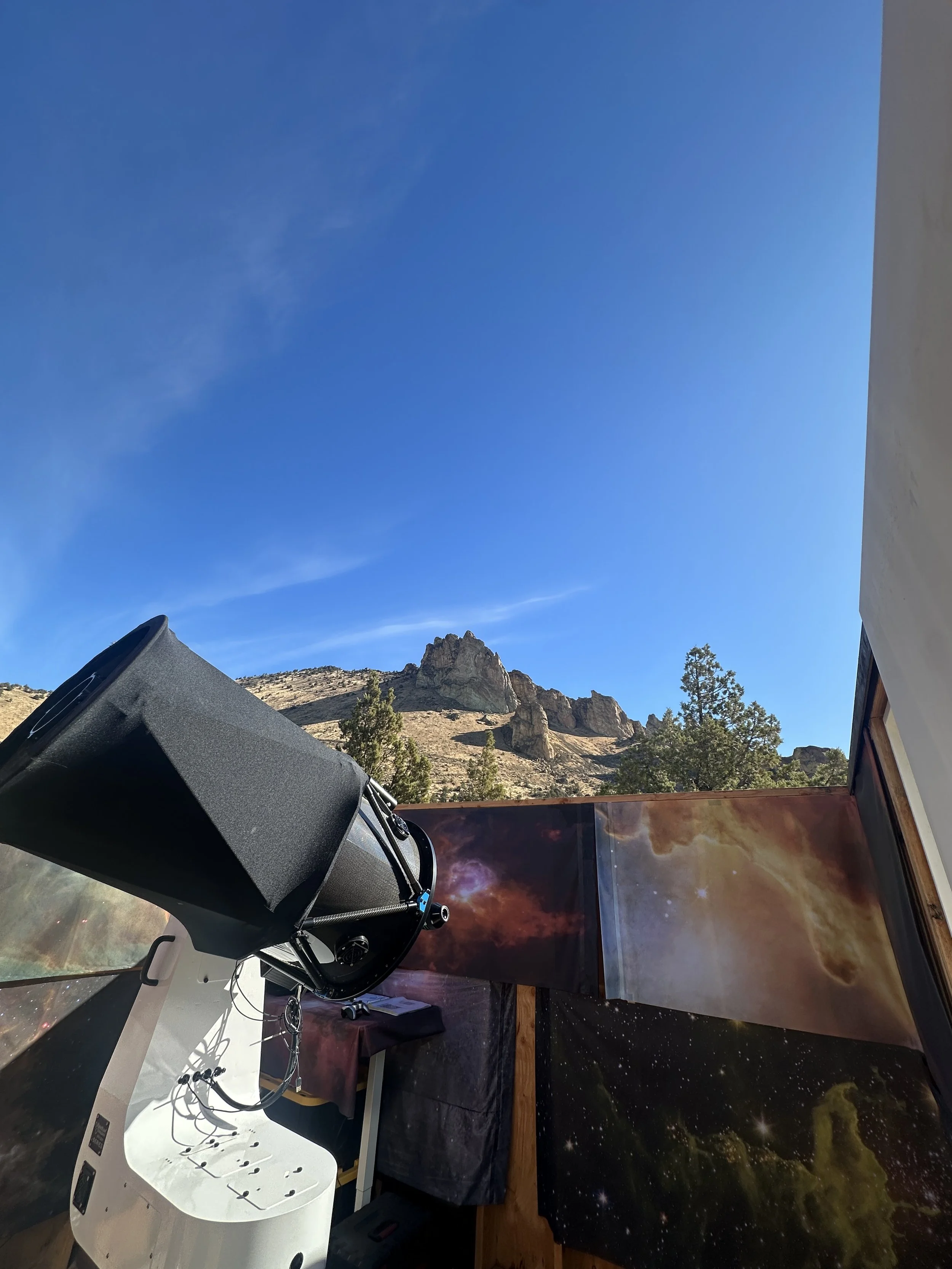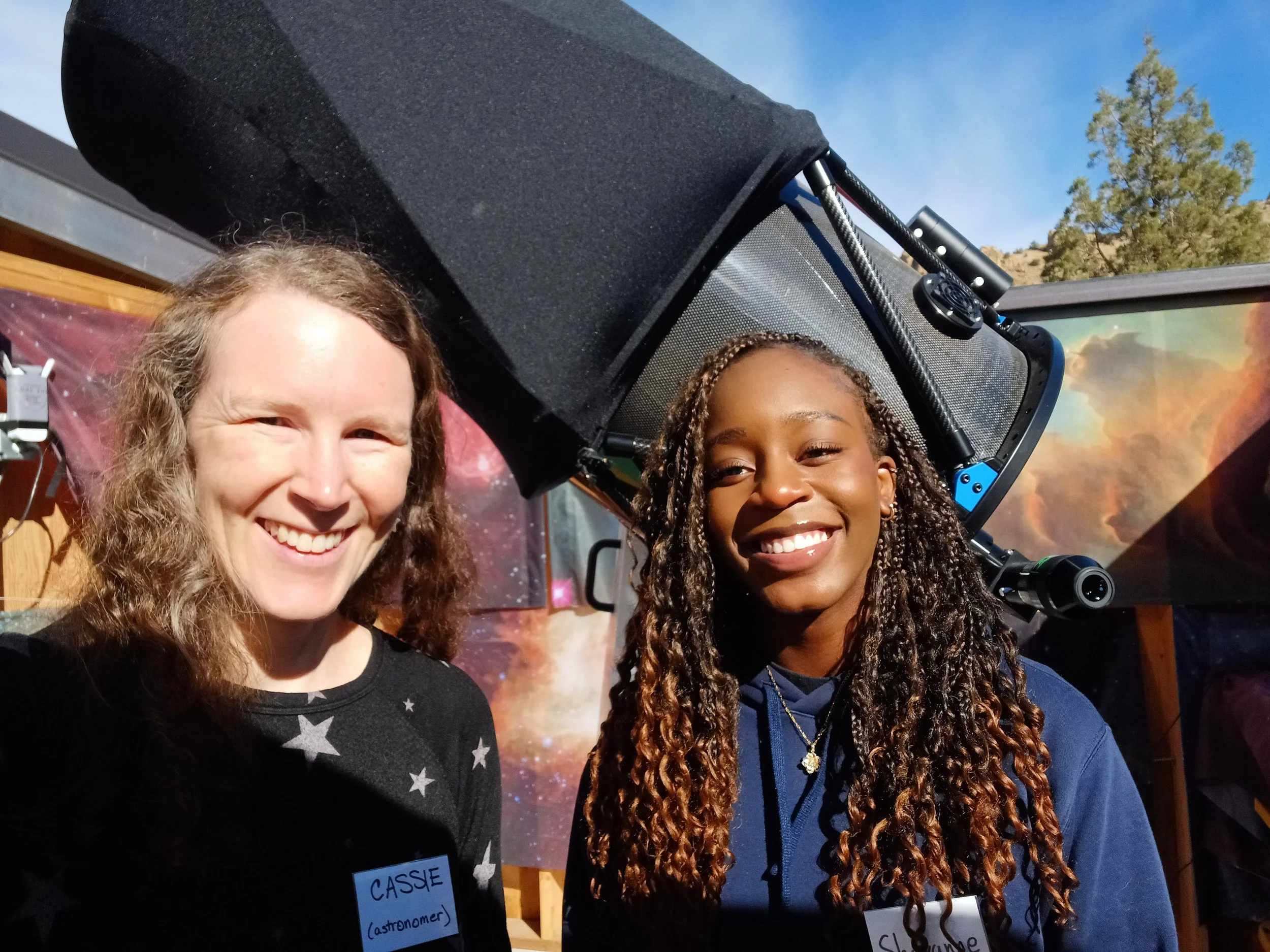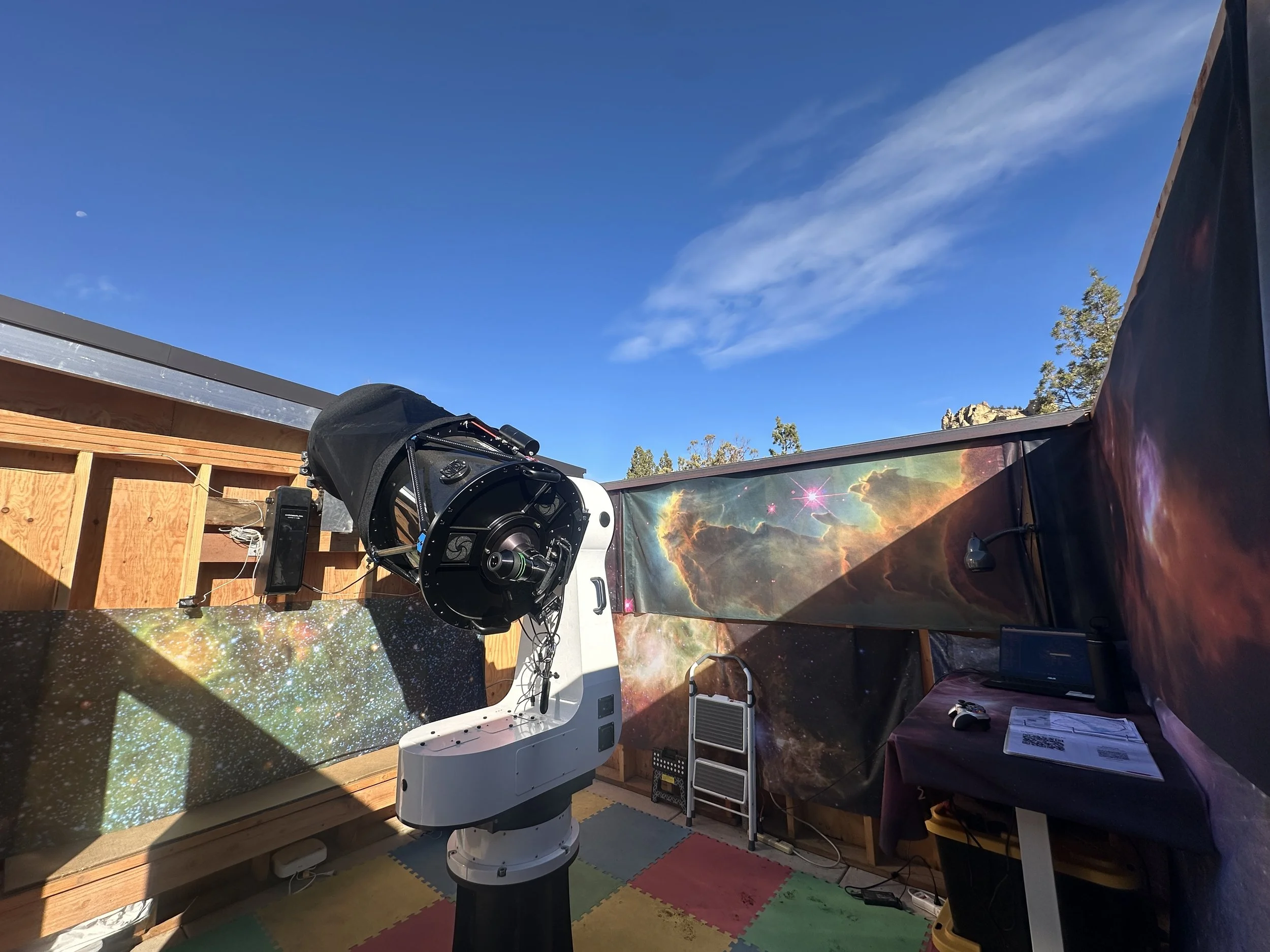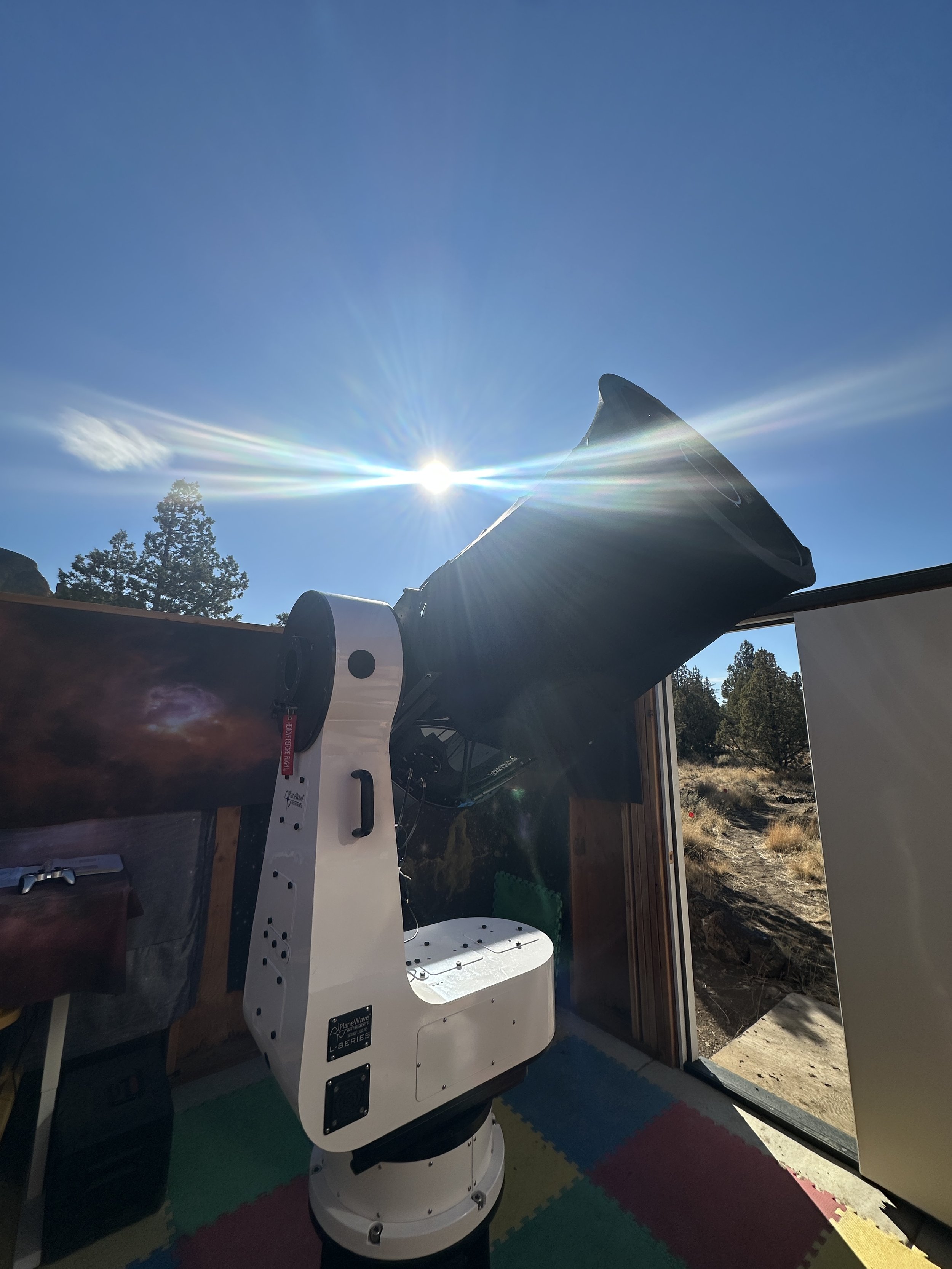
Summer Science Program - University of Colorado Boulder: 2025 Astrophysics Cohort
During the summer of my junior year, I was given the extraordinary opportunity of being a part of the Summer Science Program community. I spent the best five weeks of my life indulging in undergraduate-level research with individuals from around the globe. Through intensive work and strong collaboration, I completed the program with valuable knowledge in astrophysics, lifelong friends who pushed me to be the best version of myself, and my first scientific research paper that marks a significant milestone in my life.
This program gave me a peek into a future I’ve always dreamed of, allowing me to solidify my dreams and push myself harder to pursue a future that excites me greatly. The challenges and roadblocks I faced didn’t deter me, but rather fueled my passion and made the final result all the more worthwhile.
The Final Report
The challenging and intricate process of determining an asteroid’s orbit is not an easy feat to do alone. My teammates, Kasssandra Rodriguez and Michi Liang, and I put in hours of collecting data, running code, and calibrating images, crucial and meticulous steps needed to complete this project. After five weeks, we produced a report on the orbit of 2253 Espinette and submitted our data to a NASA-funded organization, the International Astronomical Union (IAU) Minor Planet Center.
Below is the abstract from our paper.
2253 Espinette: Orbital determination of a near-earth asteroid
Shayanne Akenga, Michi Liang, Kassandra Rodriguez
Summer Science Program 2025
Accurate Determination of Asteroid Orbitals is essential for understanding the foundations of the solar system and the trajectories of near-earth objects. This study presents an approach to determine the orbital elements of a Mars-crosser Asteroid, 2253-Espinette. By applying mathematical methods, such as Gauss's method, and Conducting Monte Carlo Simulations in Python, five orbital elements & a Mean-Anomaly with quantified uncertainties have been derived. These computed orbitals are as follows: A Semi-major Axis of 2.306 ± 0.0455 AU; An Eccentricity of 0.2885 ± 0.0179; An Inclination of 3.876 ± 0.0144 Degrees; a Longitude of the Ascending Node of 143.7 ± 0.4371 Degrees; an Argument of the Perihelion of 175.8 ± 0.1008 Degrees & a Mean anomaly of 326.7 ± 1.599 Degrees. These results assist astronomers in the future as they can be used to yield the right ascension & declination of the asteroid at any given point.
Certification & Letter of Completion
Below, you’ll find pictures documenting my experience at SSP, from fun activities to late-night coding sessions, they’re all moments I will never forget!
↓

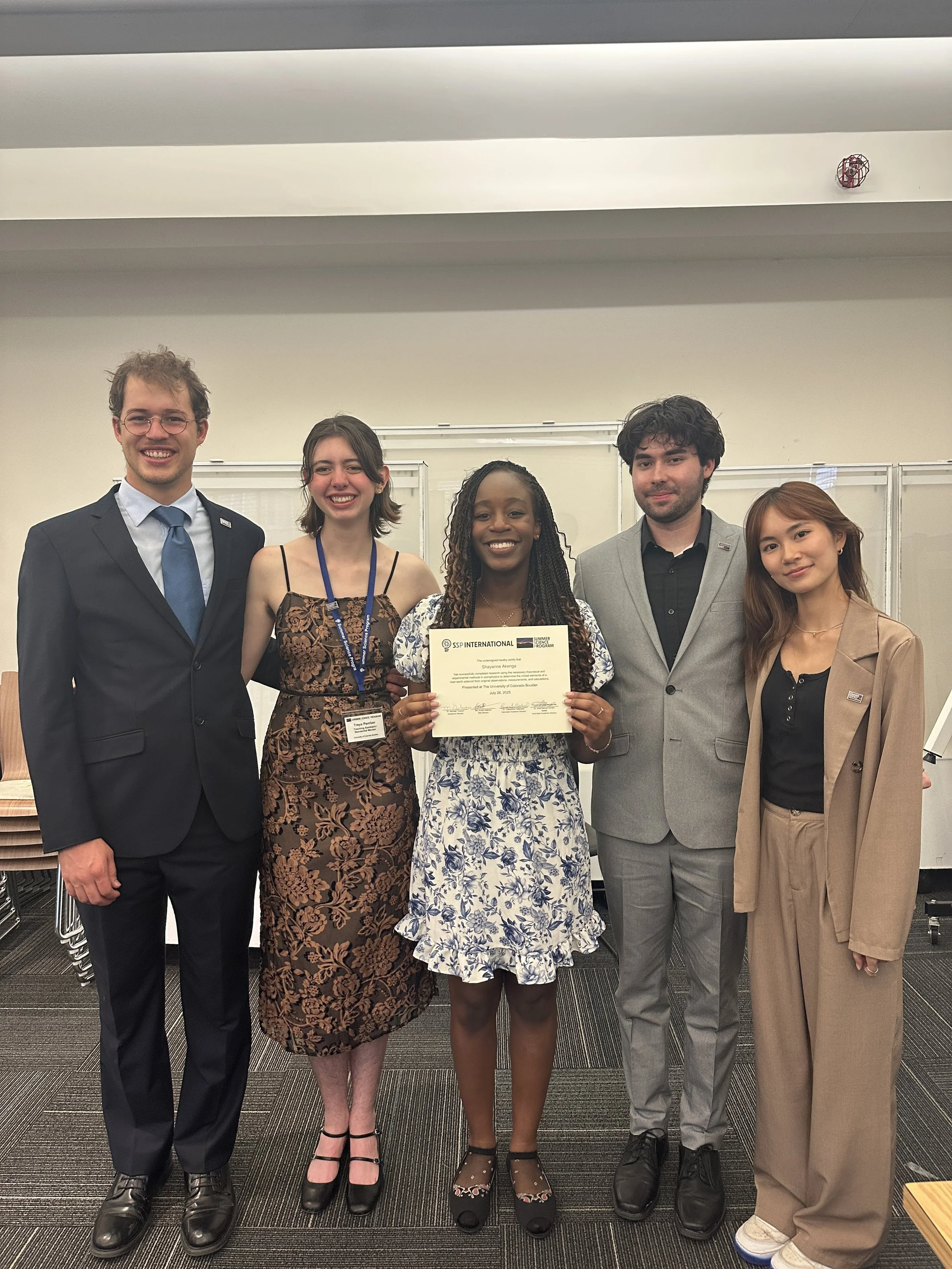

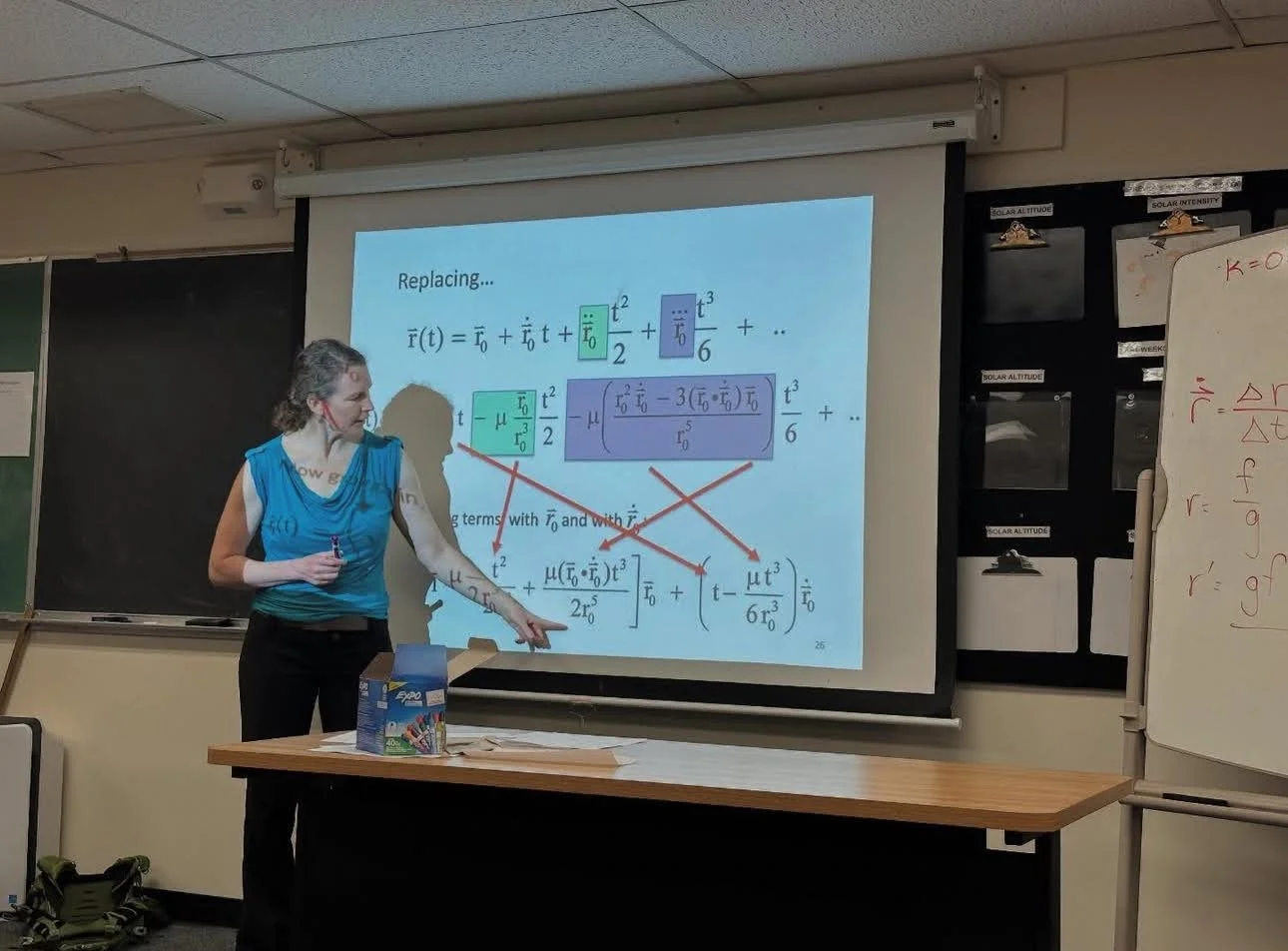
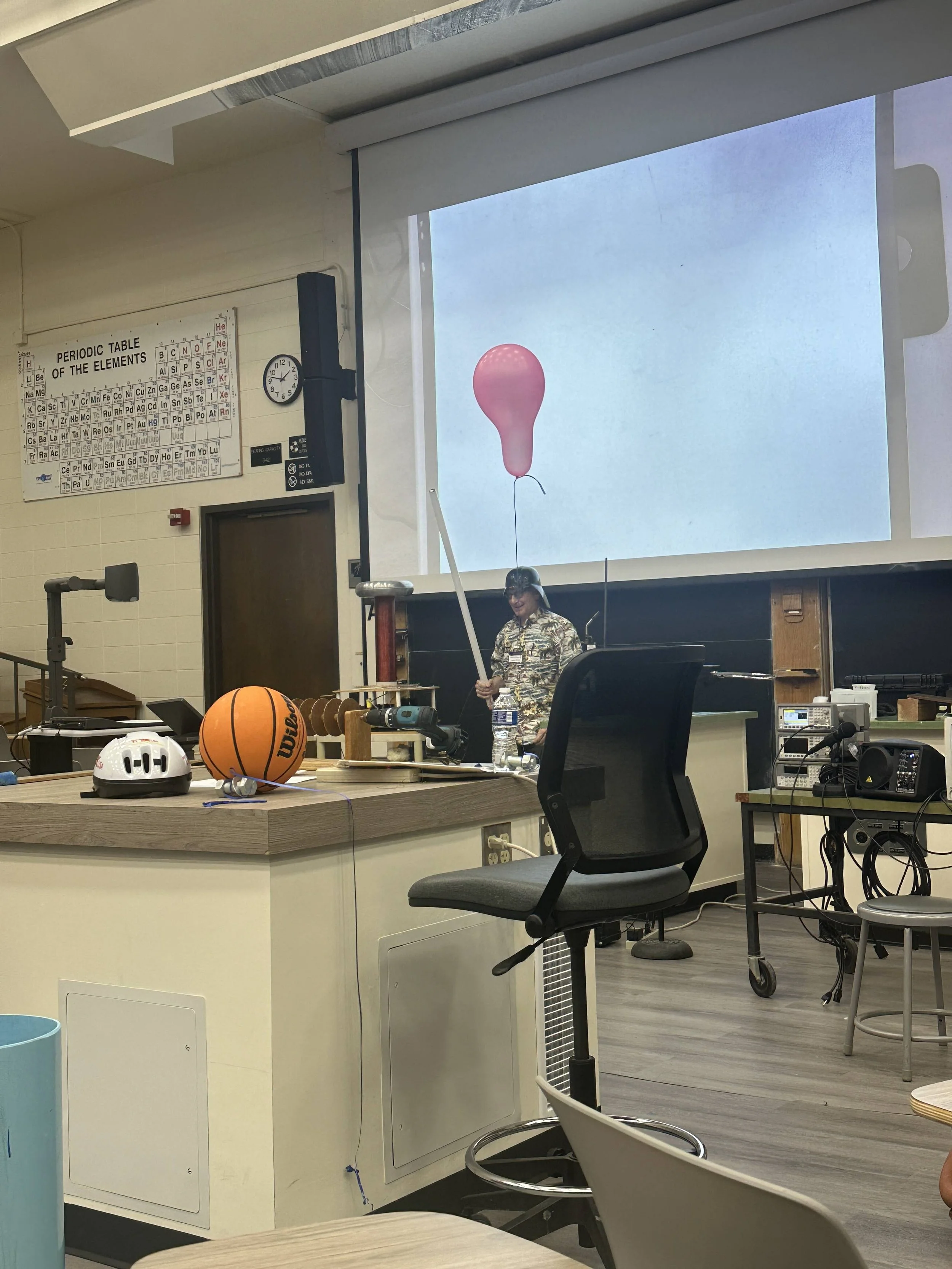
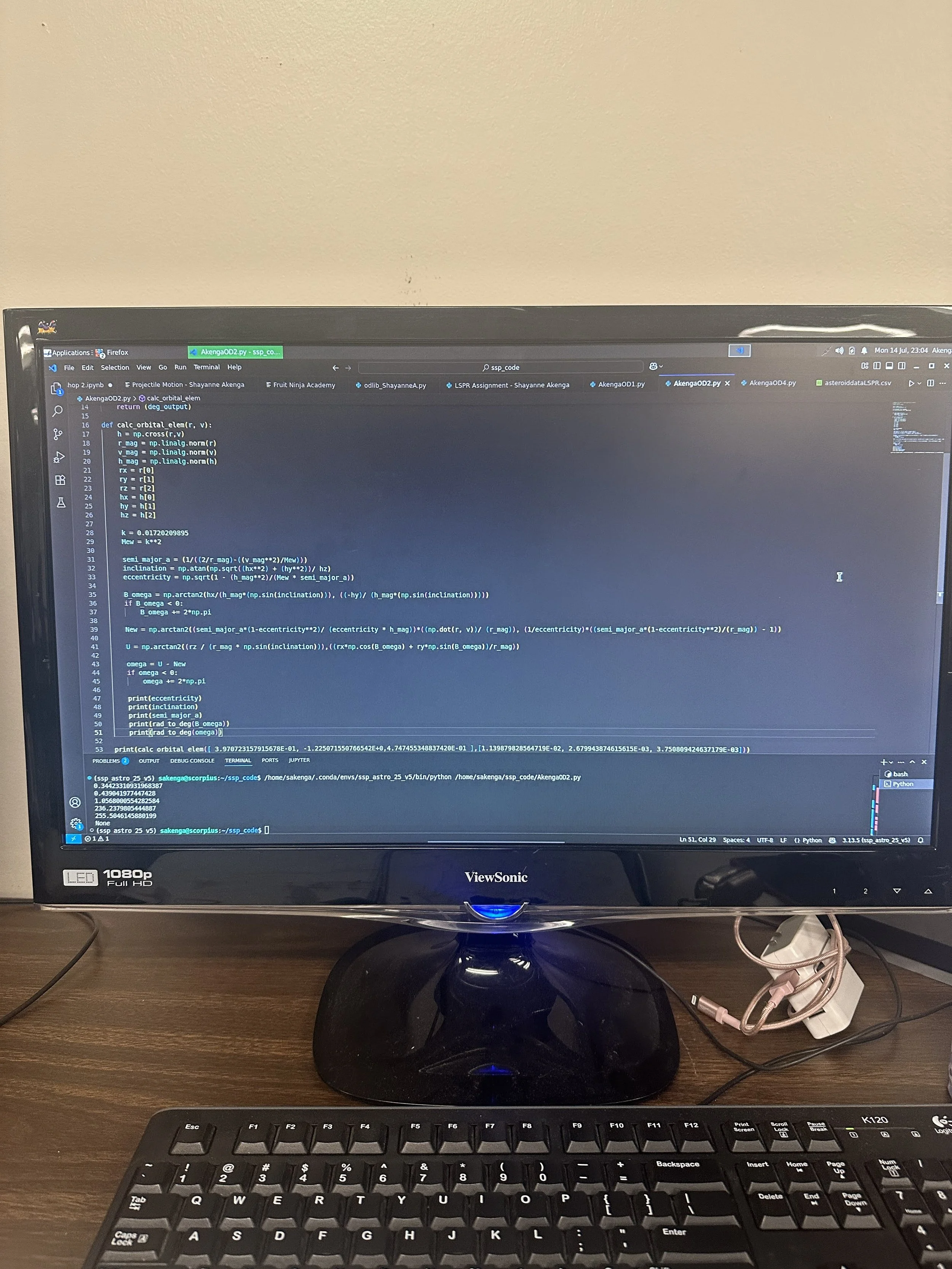
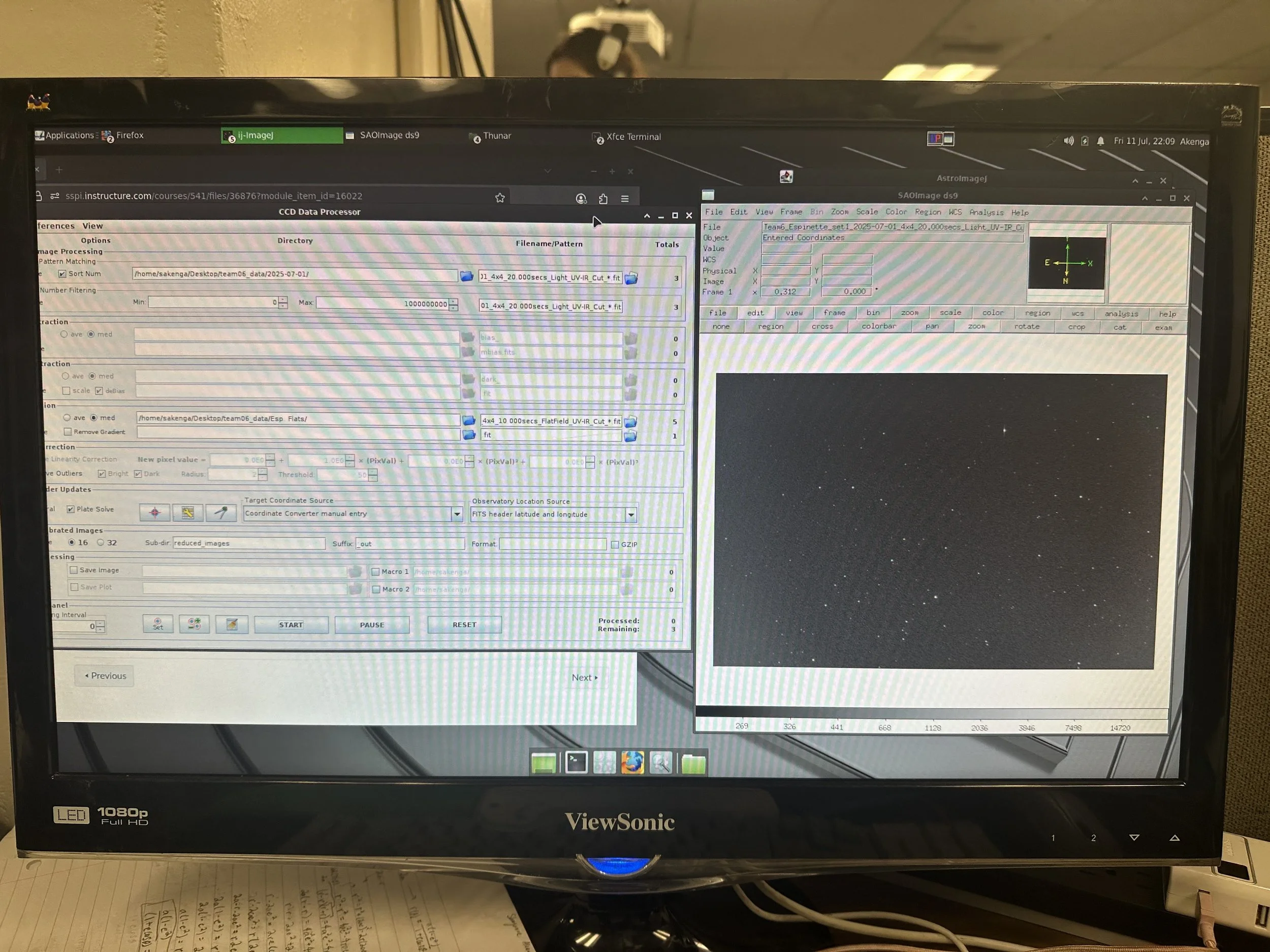
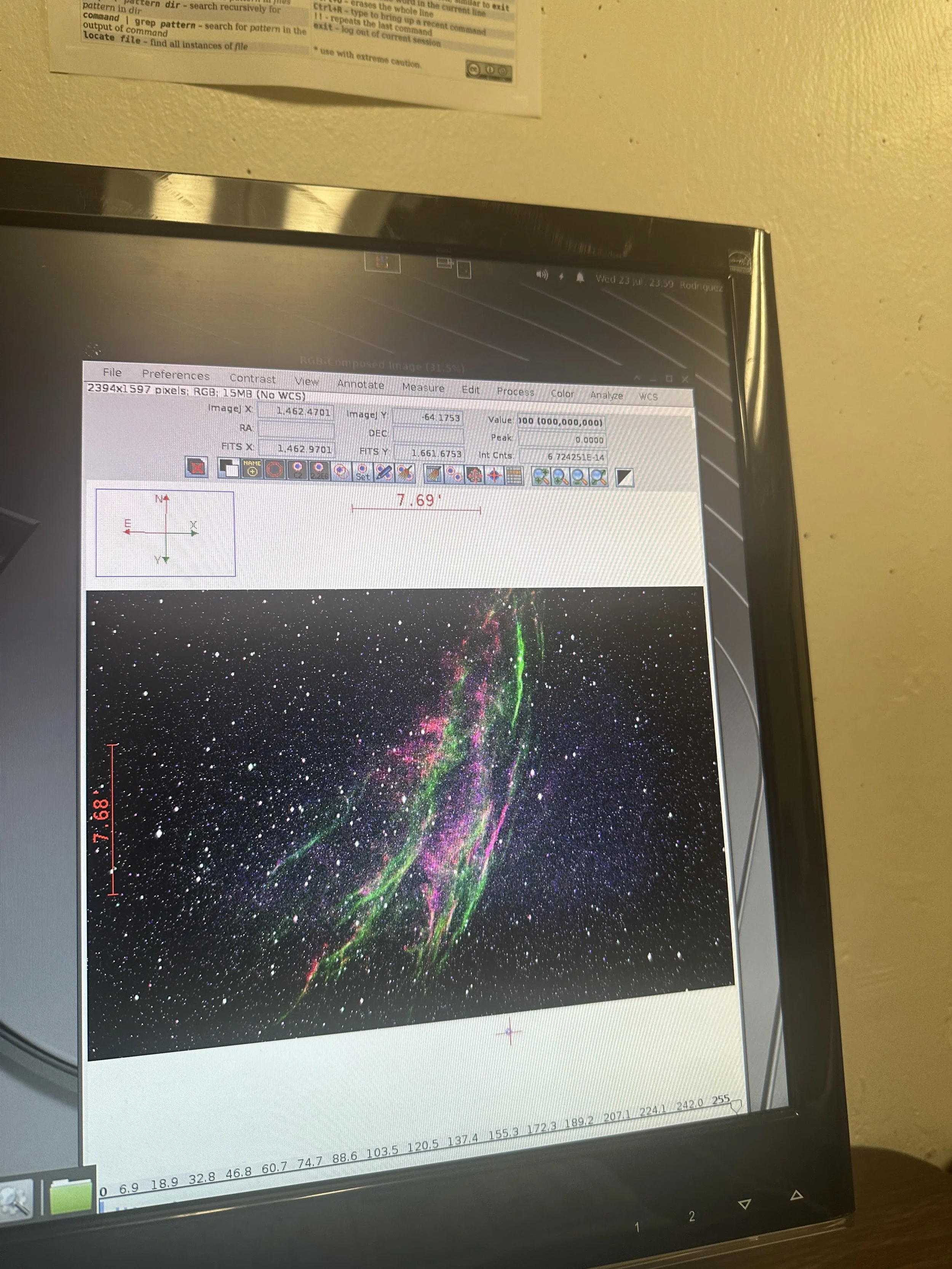
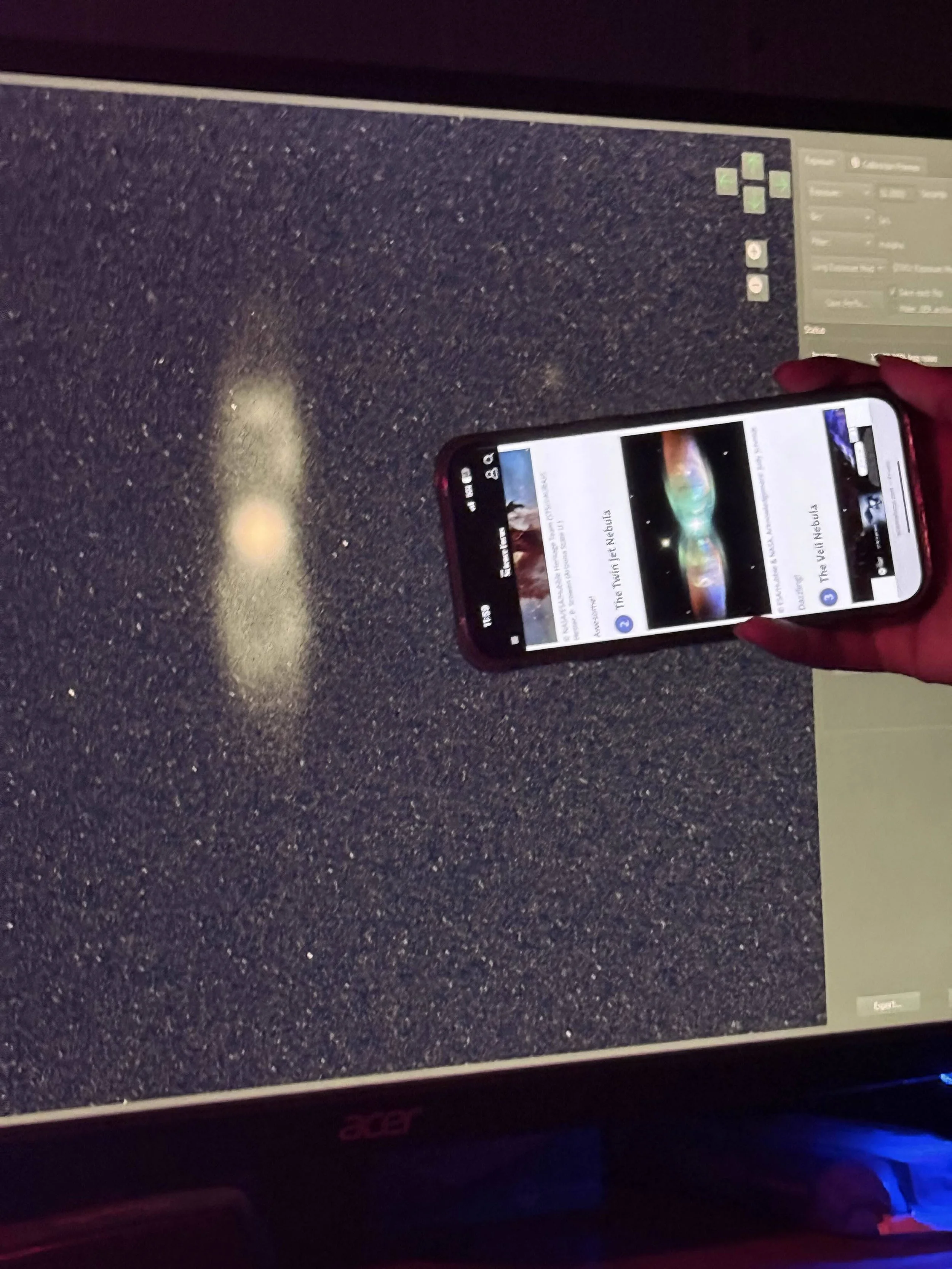
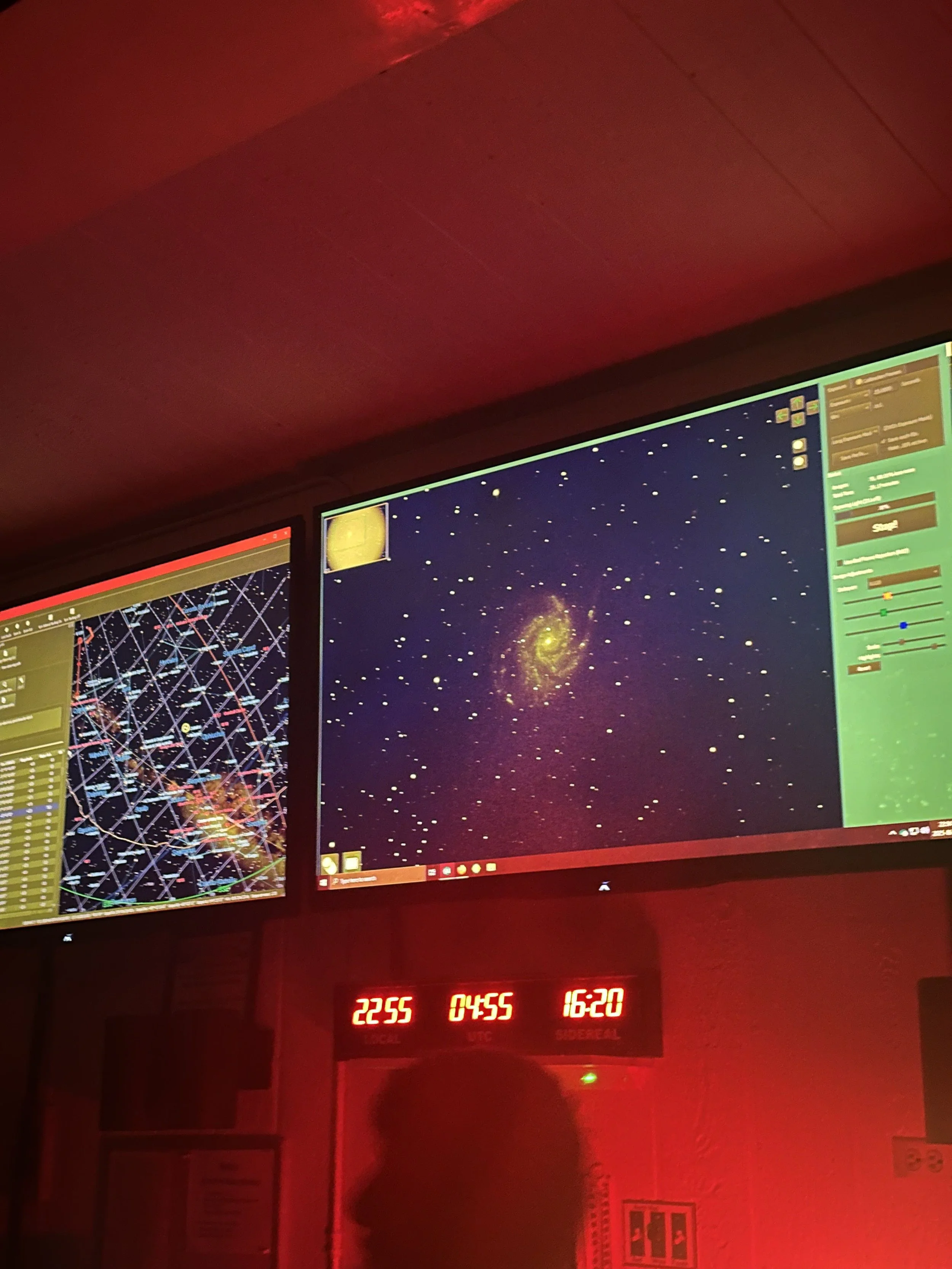
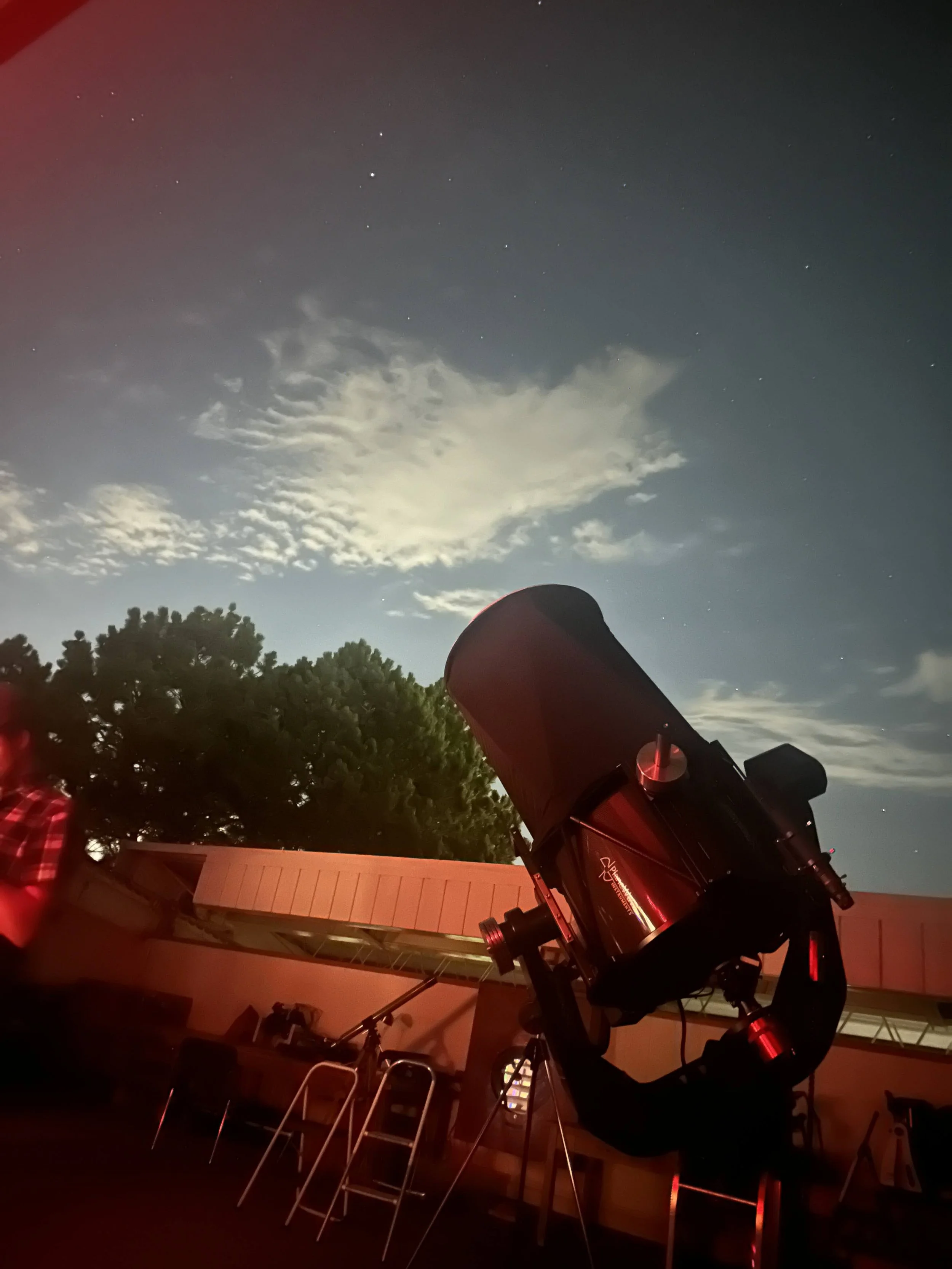
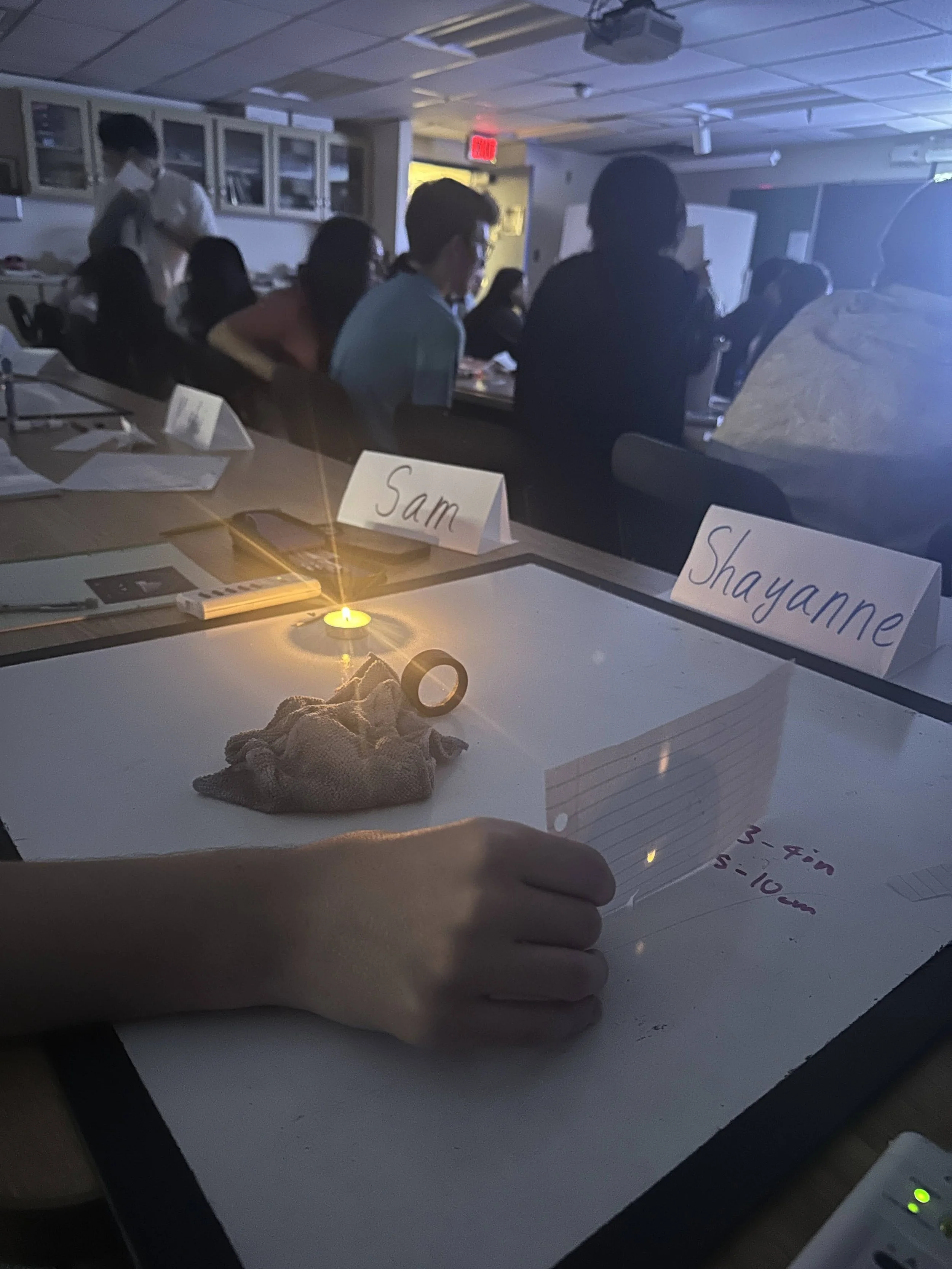







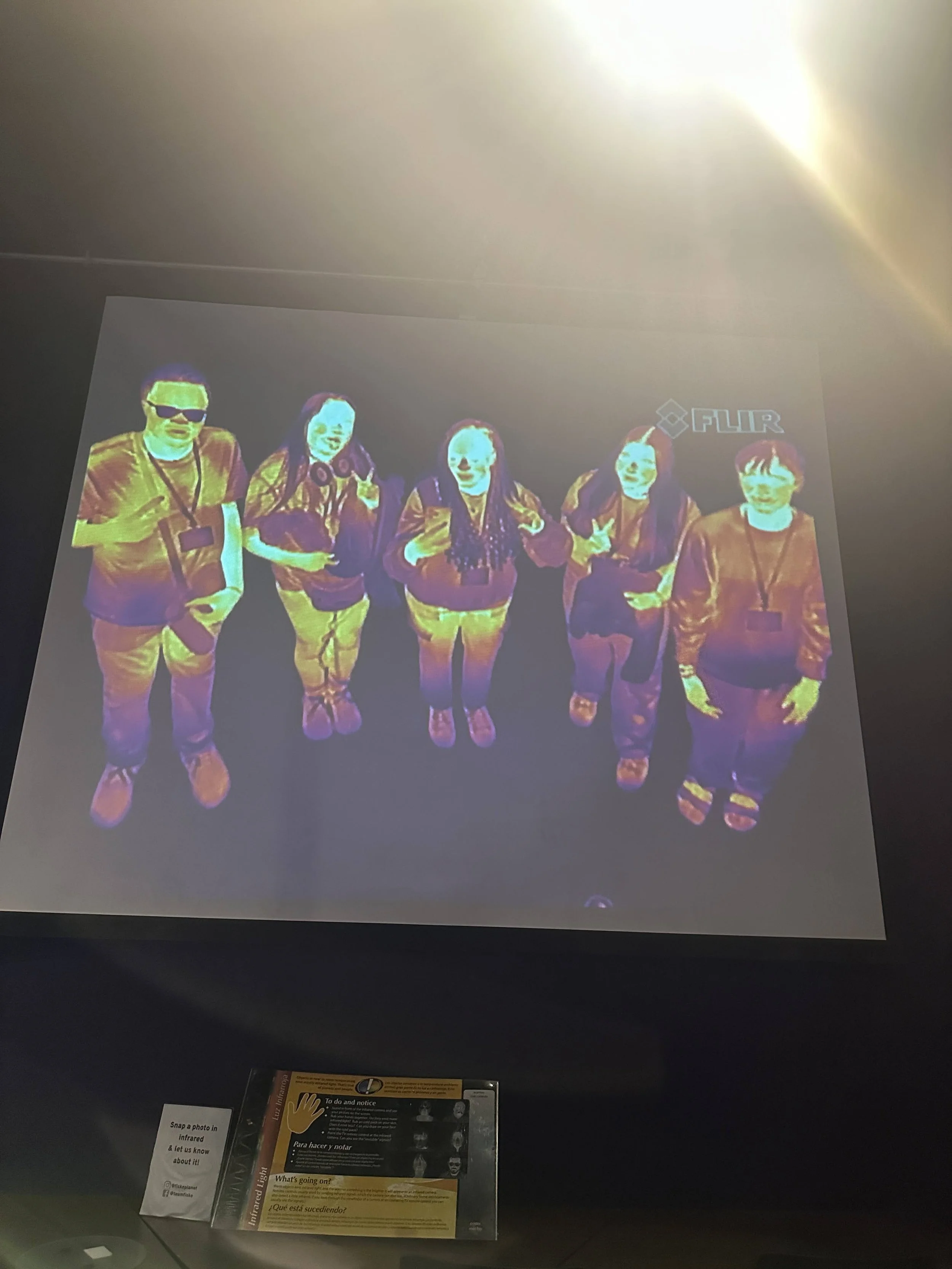


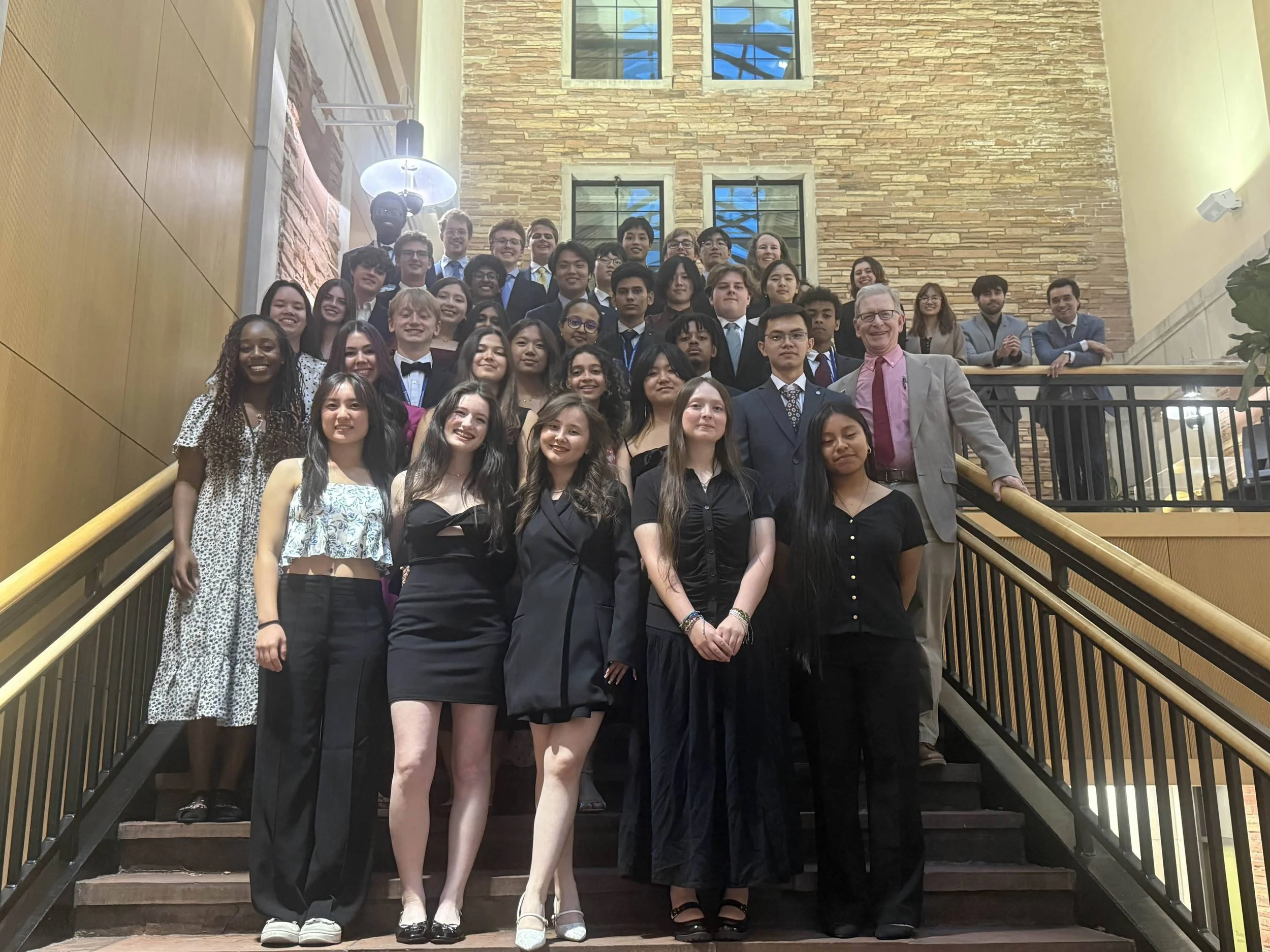



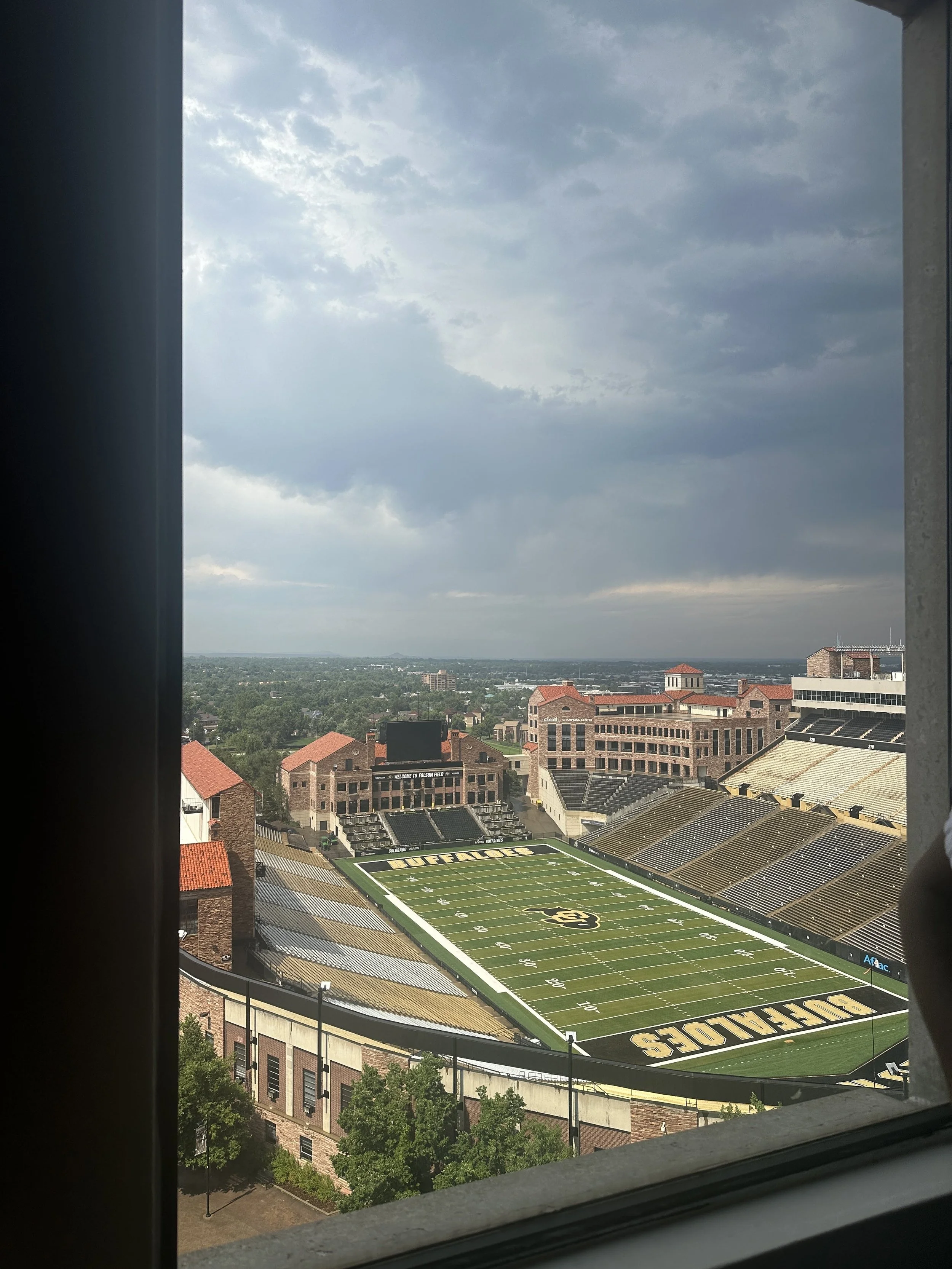


Volunteering at Asterisk Observatory
Three months after the program had ended, I was given an amazing volunteer opportunity by Dr. Cassandra Fallscheer, one of our professors from SSP. Dr.F owns the Asterisk Observatory in Central Oregon, and she was hosting a free daytime event that allowed visitors to look through a 17-inch PlaneWave telescope, along with a Coronado solar telescope. Due to my experience with PlaneWave telescopes at SSP, I was given the exciting task of introducing visitors to this telescope and all its features. It was wonderful to get to show off such an intricate machine and see the shared excitement of the visitors as the telescope navigated its way to different celestial objects in the sky.


